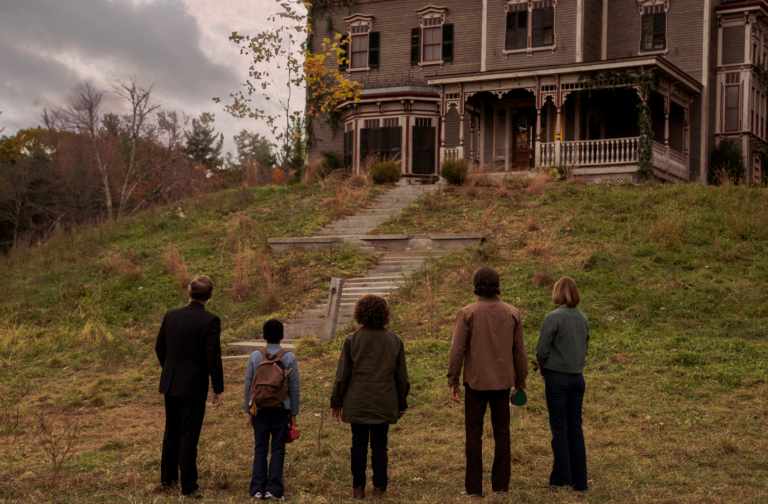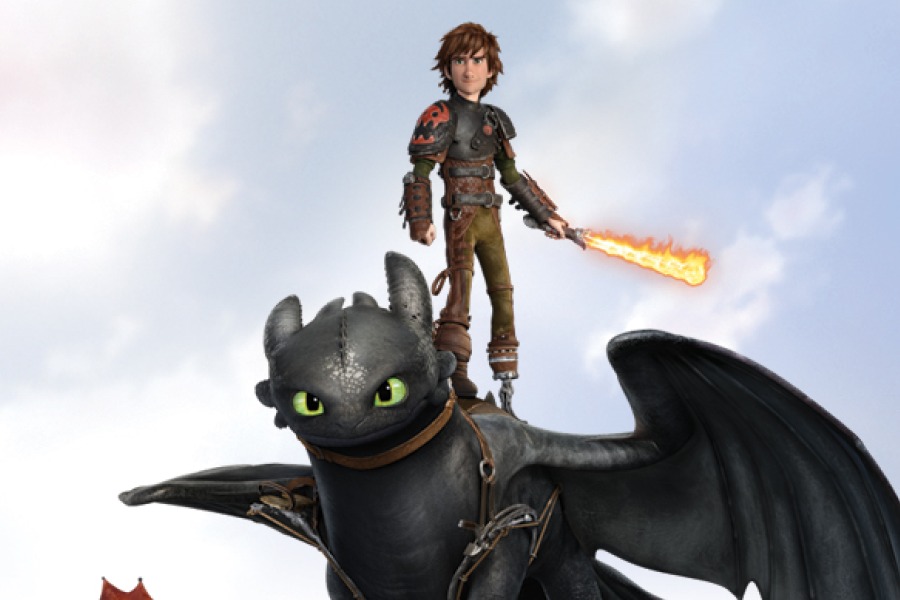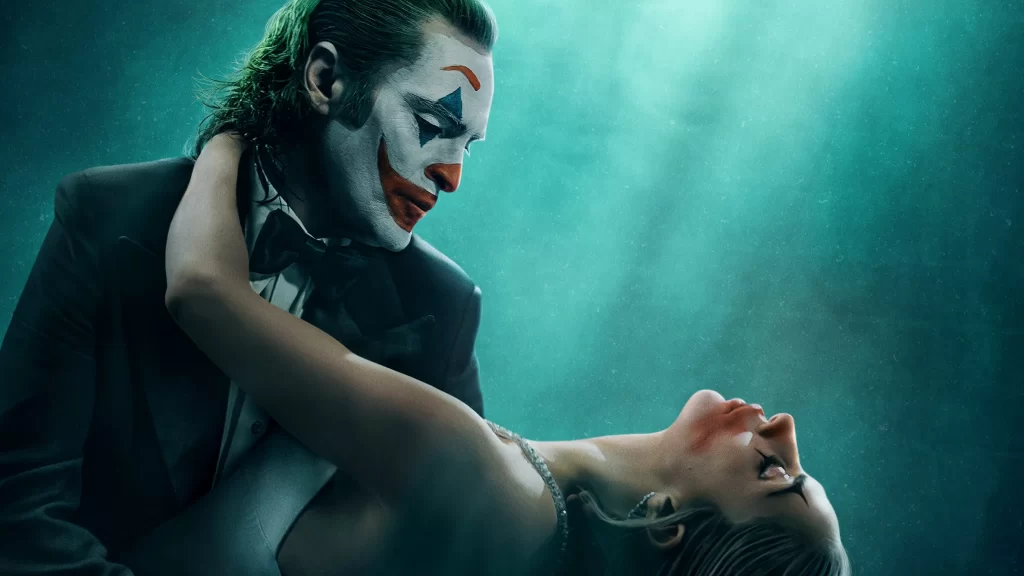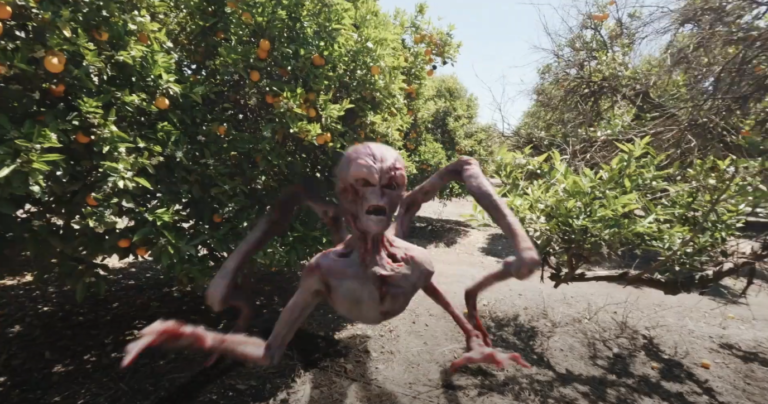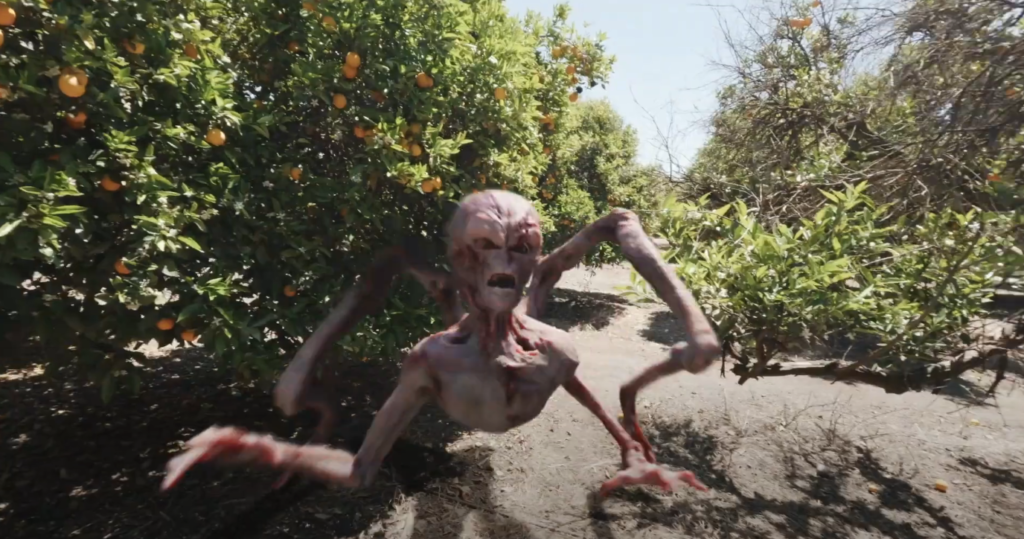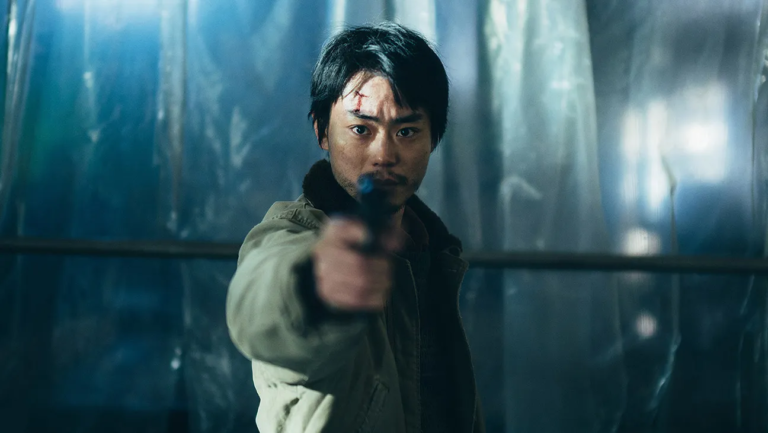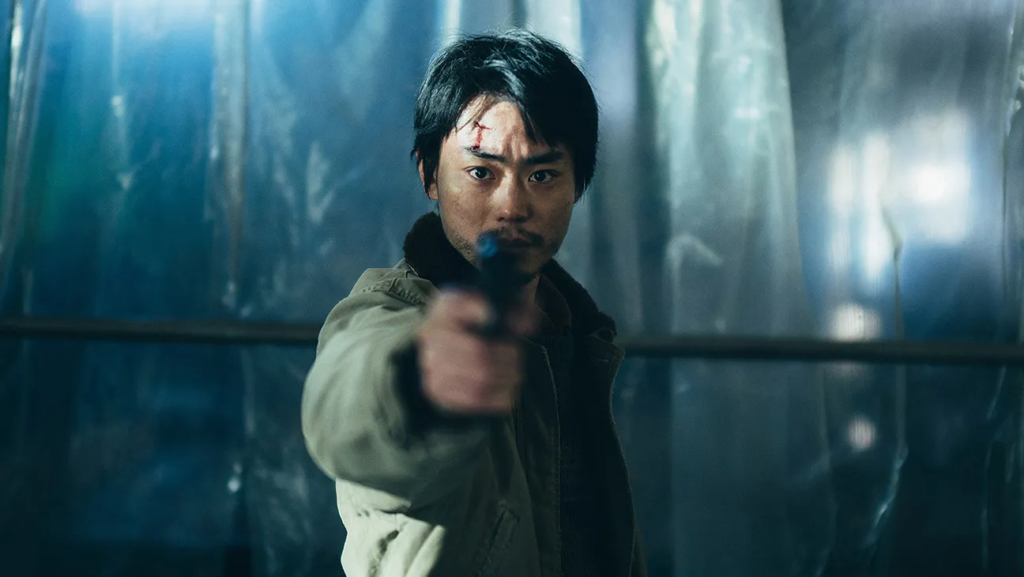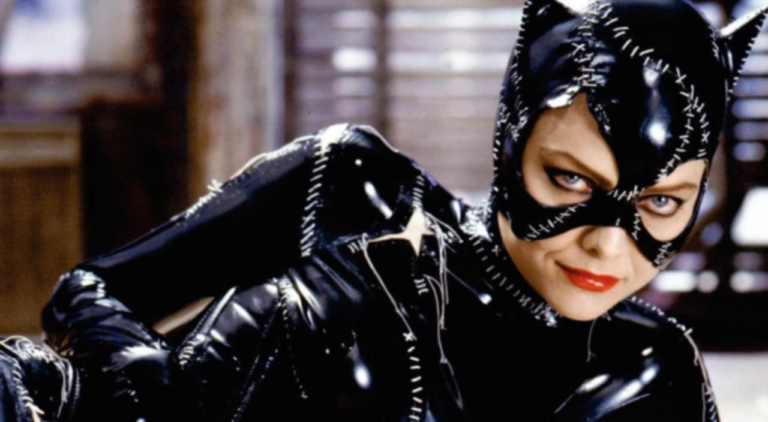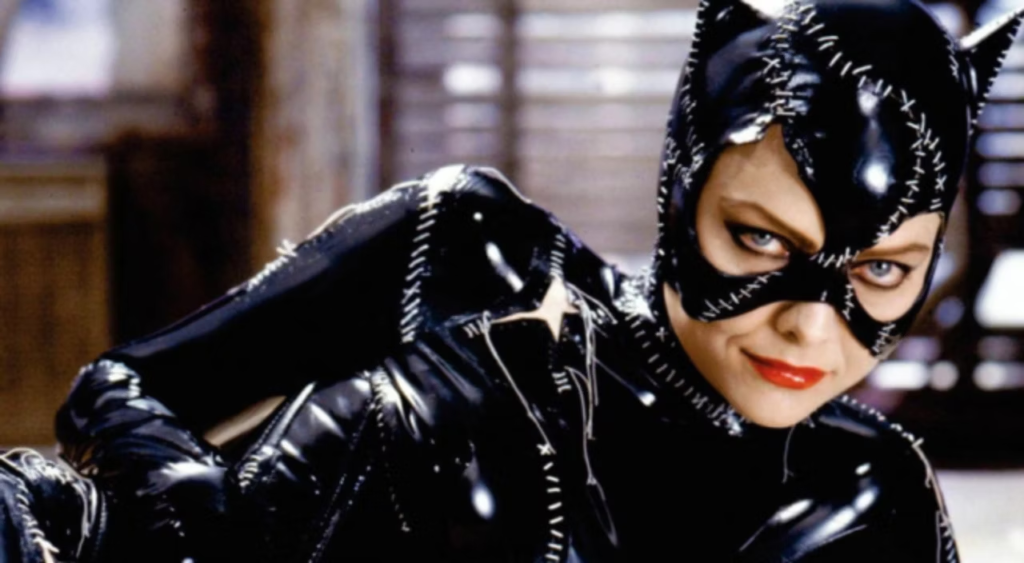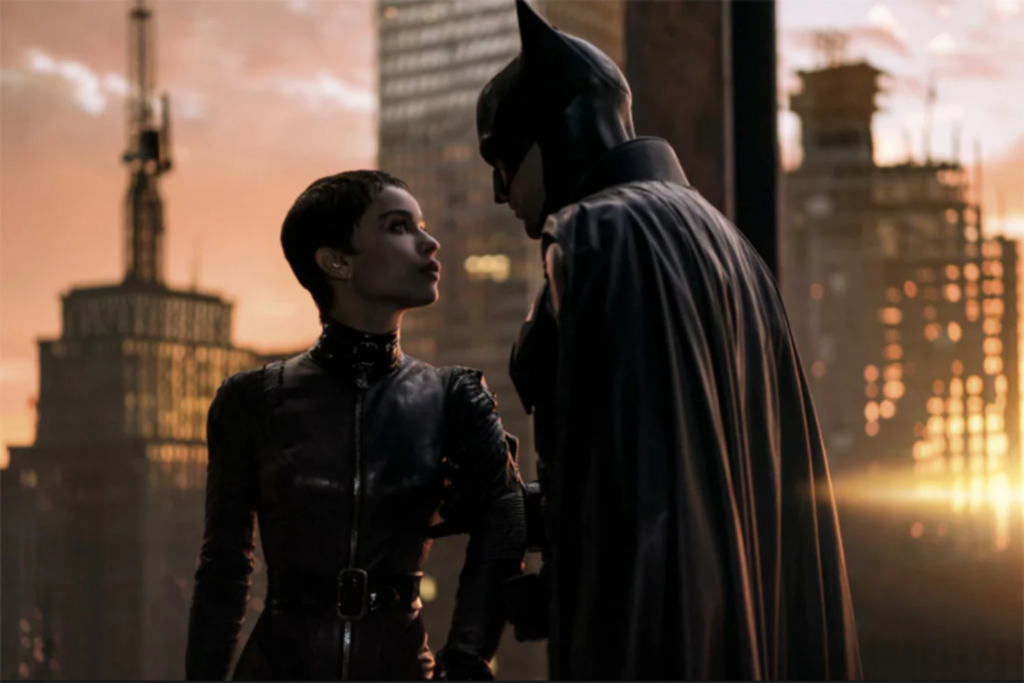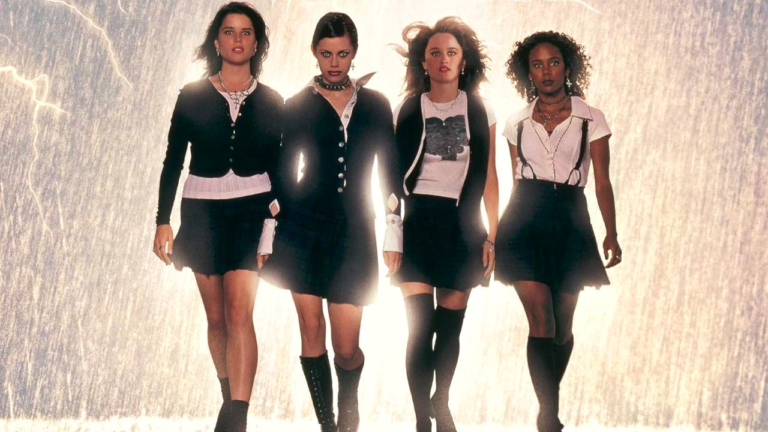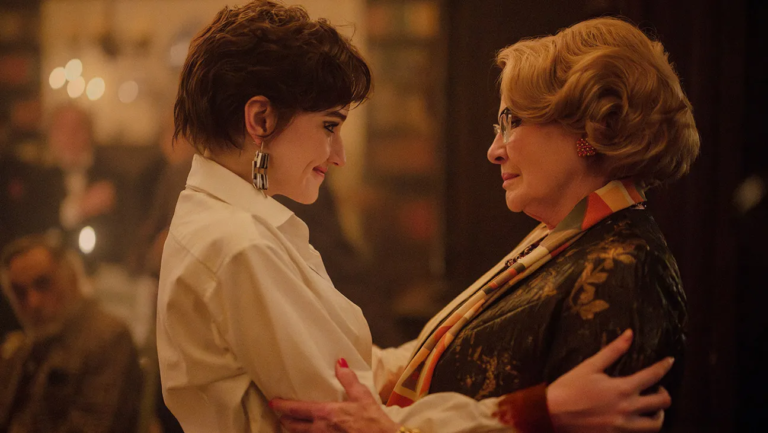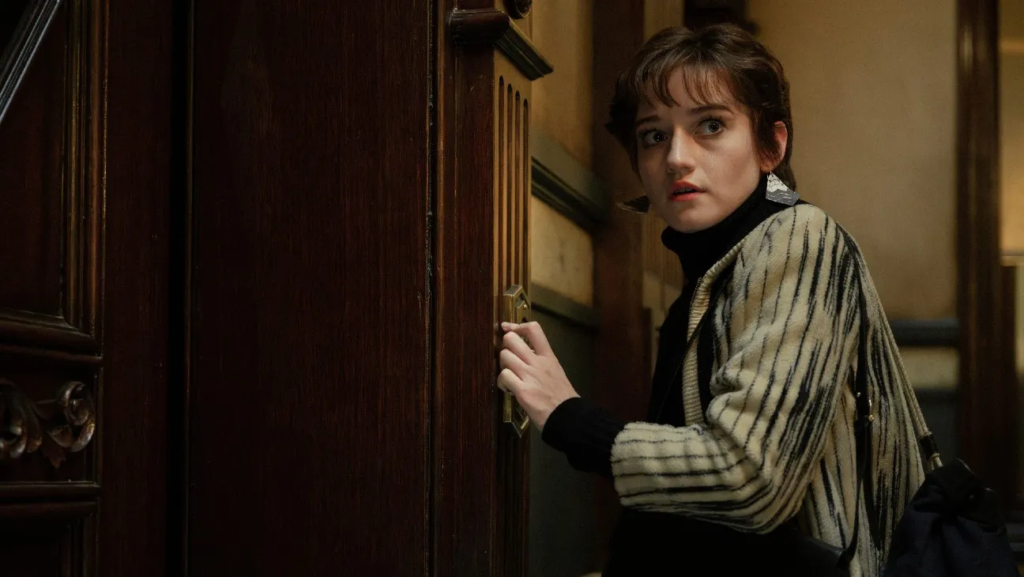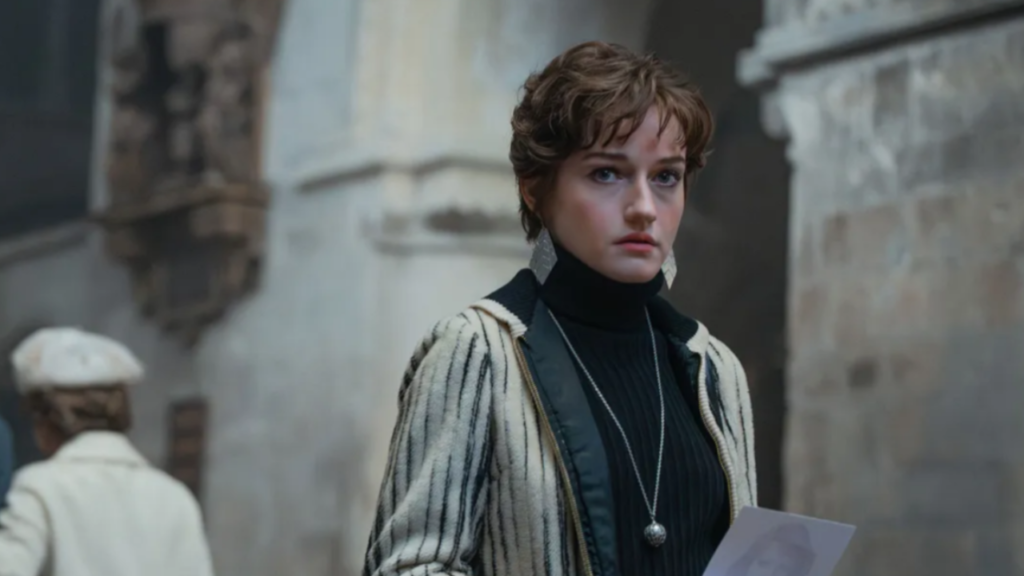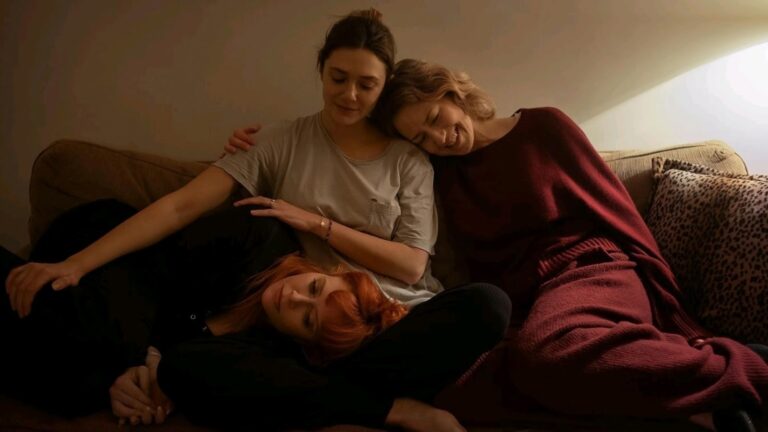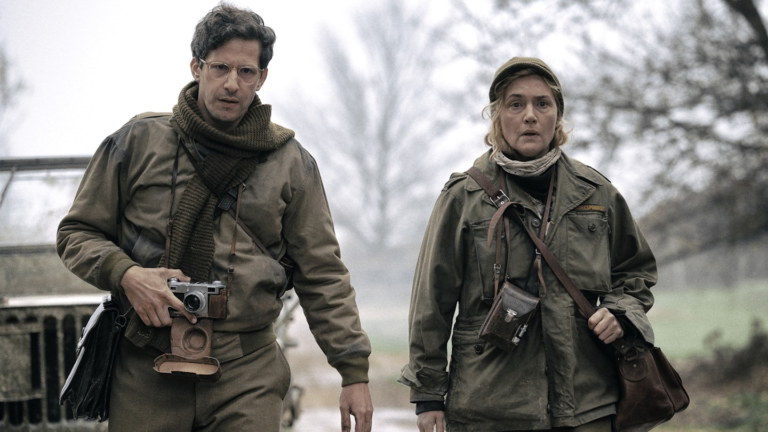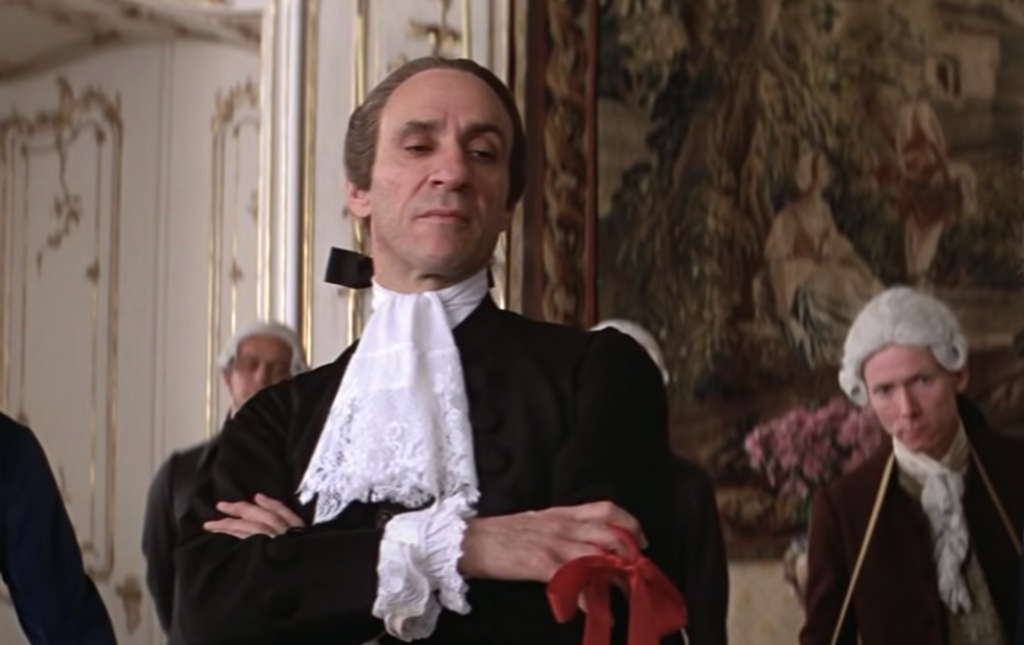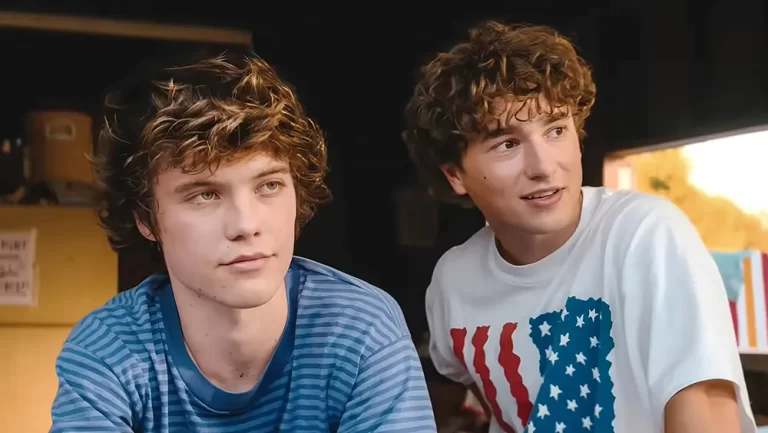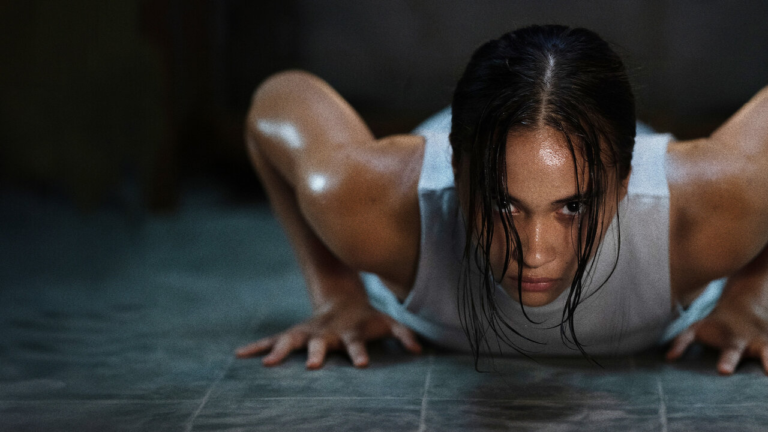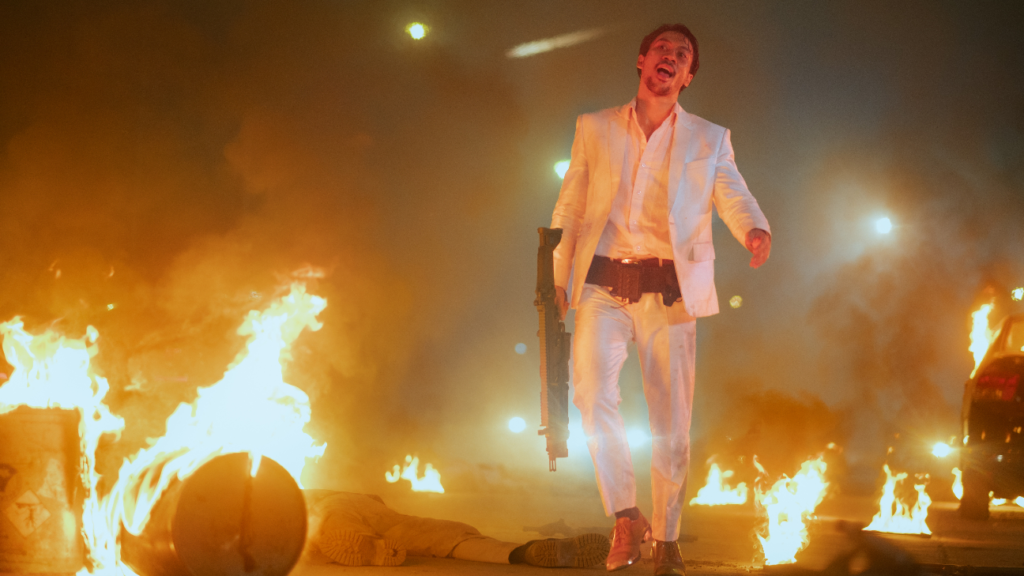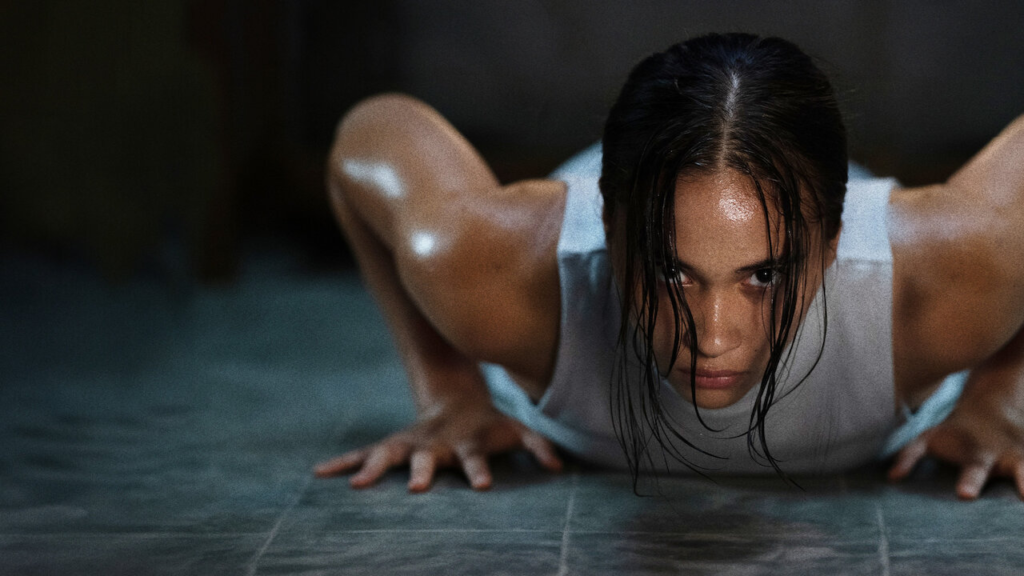Director: Gary Dauberman
Writers: Gary Dauberman, Stephen King
Stars: Lewis Pullman, Spencer Treat Clark, Pilou Asbæk
Synopsis: Author Ben Mears returns to his childhood home of Jerusalem’s Lot in search of inspiration for his next book only to discover his hometown is being preyed upon by a bloodthirsty vampire.
We’re just a month shy of celebrating the 50th anniversary of what many believe to be Stephen King’s quintessential novel: ‘Salem’s Lot. Only his second published novel, King obviously went on to write many inarguable classics. He may have a handful of novels that are better than this one, but as far as encapsulating everything that makes a King story a King story, there’s no better place to look than in the sleepy town that time and mapmakers forgot. Which makes it all the more fascinating that Gary Dauberman’s film of the same name is the first feature film adaptation of this story. There have been adaptations of course: the legendary 1979 two-part television miniseries directed by Tobe Hooper, and a lesser received 2004 two-part television miniseries with an admittedly stacked cast. But here we are now. Half a century later, a film version is ready to be released for the world. Only instead of a celebratory affair, Dauberman’s film sat on a shelf for just over 2 years as its release kept getting pushed back. After a premiere at the 2024 Beyond Fest, it will be released on Max… for better or for worse. Going into this with a ton of excitement, ‘Salem’s Lot left me, more than anything, confused at what it was aiming to achieve.
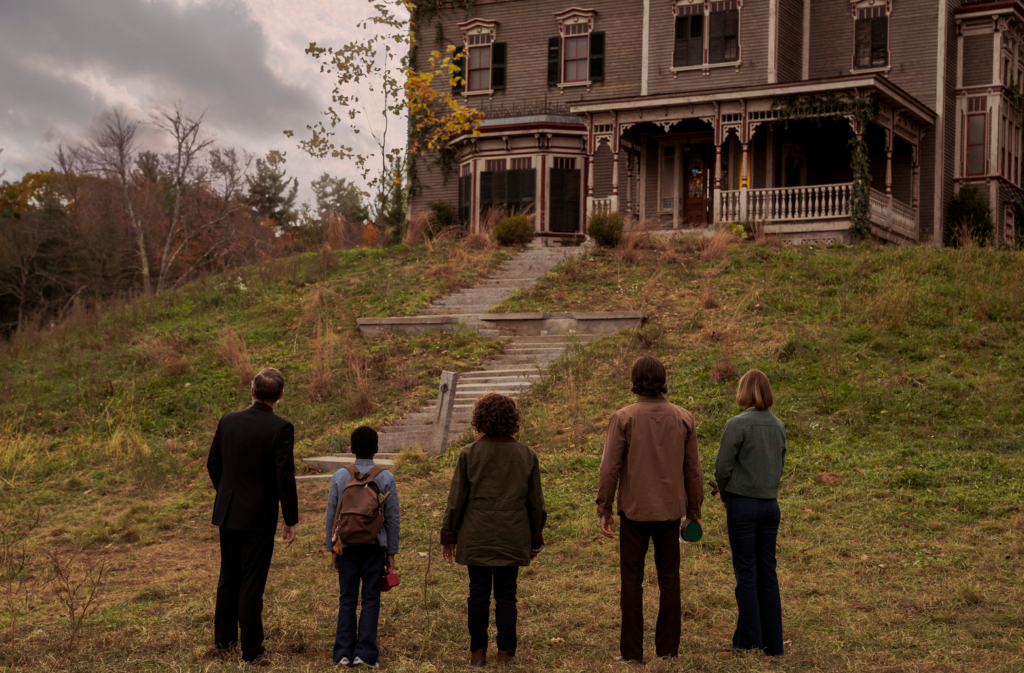
First and foremost, what’s most exciting about ‘Salem’s Lot, and King in general, is that his usage of genre is often a means to an end. Of course, he is massively talented at scaring practically anybody on Earth. And he has a clear love for genre. But more often than not, King novels also become timeless because of the drama he is able to mine out of such primal fears. Through the horror, his stories grapple with the impact addiction has on families. The pains of growing up feeling different from those around us. In the case of ‘Salem’s Lot, the vampires present can take the form of anything really. They merely serve as a warning for those who choose to live in denial of the issues in the world at large. The titular town of this story is merely a microcosm for the world. And thus, the essential nature of ‘Salem’s Lot reveals itself. This is a story that hinges on two major factors: if the vampires can scare us enough, and more importantly, if the very soul of the town and all its inhabitants feels at stake. Unfortunately, Dauberman’s film never really manages to live up to either. And it’s difficult to imagine where it all went wrong, although it becomes more apparent in the third act of this film. But starting off, ‘Salem’s Lot begins with potential, which makes the end result all the more frustrating.
Author Ben Mears (Lewis Pullman) travels back to his childhood town of Jerusalem’s Lot, Maine in search of inspiration. Not only that, he’s hoping to rediscover integral parts of himself long pushed down in the wake of a tragedy that took his parents at a young age. At its very core, in the case of Ben’s motivations, ‘Salem’s Lot is a story focused on the importance of acceptance. It’s looking at the cards being dealt our way and making the best of the hand before folding too early. It’s in the hubris of thinking parts of our lives can be ignored and cast aside that the horror of ‘Salem’s Lot feeds off of. Now, Ben Mears is a great vessel for an audience member. But as written earlier, the town itself is what matters most. And at first, it appears Dauberman is cognizant of that. We meet quite the range of eclectic residents fairly early on. As Ben first arrives in town, they’re all clearly intrigued at the notion somebody new, or at least unseen for a very long time, has planted roots in their town. Dauberman frames this series of establishing shots in a manner full of exciting potential. Rather than follow Ben along the roads of the Lot, the camera instead follows him through the insides of various shops and homes. It’s a fairly effective way to translate that all these various locations will matter in some capacity. This is doubled down upon when Ben meets Susan Norton (Makenzie Leigh).
There’s a very bumbling charm to the way Ben and Susan interact with one another. With clear chemistry, the two “end up” on a date at the local drive-in. And again, Dauberman appears to set up for the audience just how important the various residents of town might be to the structure of the story. From a spot overlooking the entire audience, Susan details a handful of anecdotes about the people living around her just through sheer instinct. You immediately get the sense she knows this town and its people like the back of her hand. The reason being is that nothing much ever goes on in it and the drama in their lives is fairly cyclical. Unfortunately, this feels like the last time Dauberman ever really delves deeply into the town itself. There’s occasionally glimpses, but for the most part, ‘Salem’s Lot then descends into rather cheap scares. But that’s not to say some of the moments designed to haunt viewers aren’t well-executed.
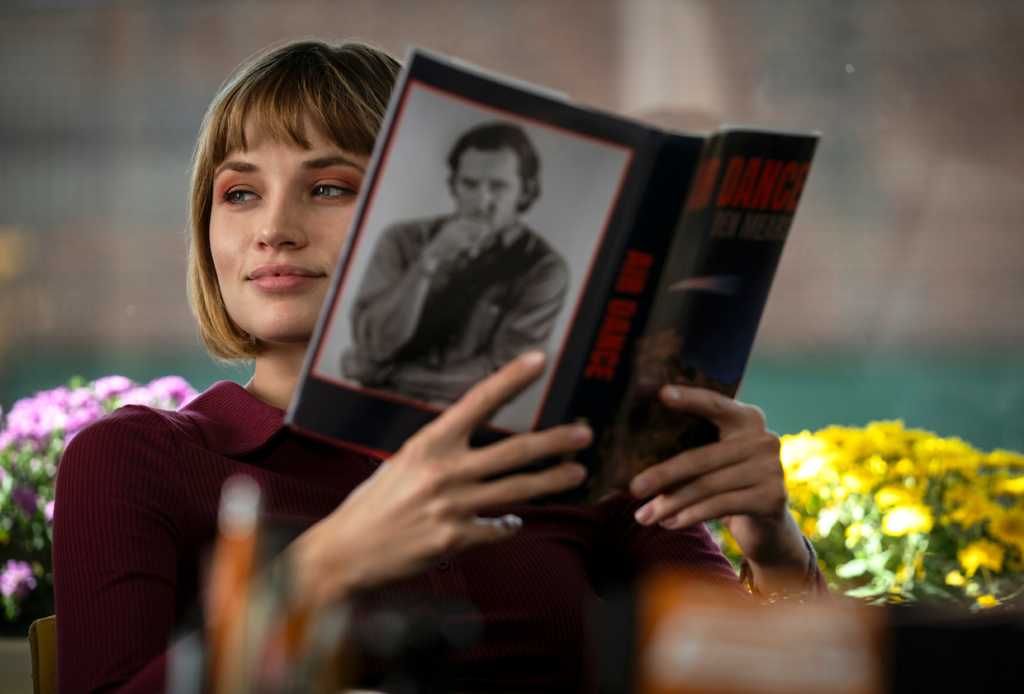
Take, for example, the inciting incident pulled straight from the pages of the source material. A young boy is kidnapped. It’s an inherently frightening dilemma. And the way Dauberman captures it honestly borders on beauty. That is, as beautiful as something so horrific can be displayed. As the sun is rapidly setting (a motif that will be frequented given the nature of vampires, yet not outright revealed as of yet), two young brothers hustle through the woods. Bathed in complete shadow, all we can see are the pitch-black silhouettes of trees and the brothers themselves. The sky is practically tri-colored, and you’ll find yourself as hypnotized as one of the victims of a vampire in the film. It’s a mesmerizing sequence. While Dauberman may not even attempt to replicate one of the most iconic horror images of all time later on in the film, you can feel the determination here to mark his own territory from a different sequence of the novel. It’s exciting stuff, and not the only time he will lean very heavily into the atmospheric tension that can be mined in such a story. Unfortunately, those glimpses don’t feel like enough to sustain the lack of genuine horror missing throughout the rest of the film.
But of course, a King story wouldn’t be complete without complete madness capping it all off. The chaos many King novels end on is often full of carnage, and in the biggest departure from the novel, Dauberman’s ‘Salem’s Lot at least nails this change with a wild climax. While the emotional arc of the film may not be felt at all, mainly due to how unnoticed and seemingly inconsequential the passage of time is conveyed, it’s a ton of fun. To avoid revealing anything major, it’s a sequence full of thrill with a genuine ticking clock. At the very least, it lets audiences walk out on the high of a tense sequence captured with cinematic glee. The film may leave much to be desired when all is said and done, but of the countless King adaptations that exist, this ends up somewhere right in the middle of it all. And there are worse fates!
‘Salem’s Lot will be released on Max starting October 3 after celebrating its world premiere at the 2024 edition of Beyond Fest.



